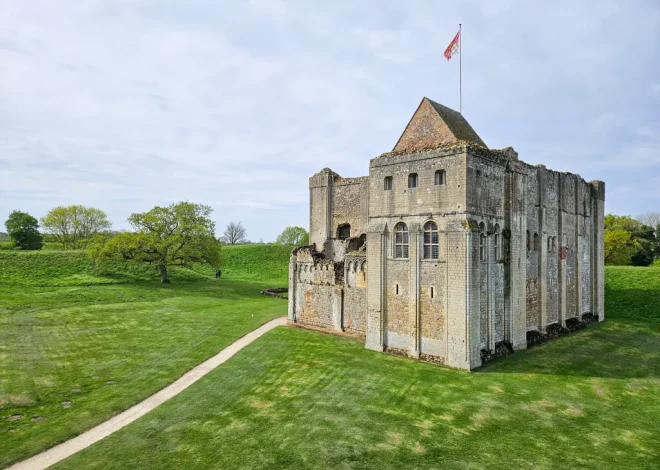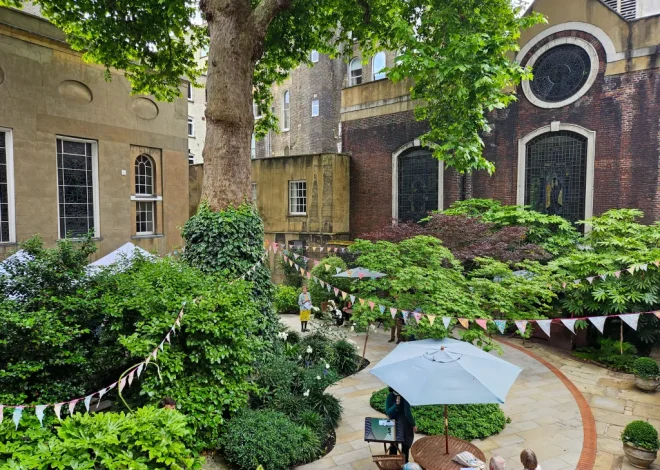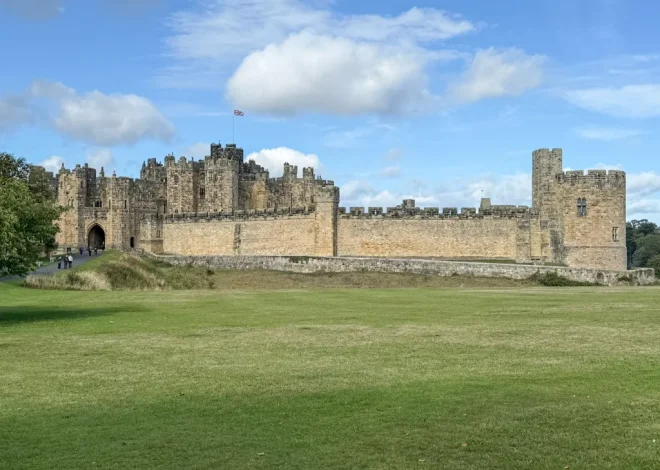
The Old Operating Theatre, London
One of the things I absolutely love about London is how many hidden gems there are around every corner. One of my favourites is The Old Operating Theatre and Herb Garret, so today it’s getting a full dedicated post as I love it so much.
What is The Old Operating Theatre & Herb Garret?
The Old Operating Theatre is the oldest surviving operating theatre in Europe, and predates times of antiseptic and anaesthesia. It was once part of St Thomas’ Hospital, which dates back to 1215 and was founded in the Southwark area of London. Today only a small tower of the hospital is preserved in Southwark, as the hospital was badly damaged during WW2 and rebuilt on a bigger site in a different area of London. The operating theatre is of course no longer used, and the tower opened as a museum in 1962.
A Garret is a name for an attic, and the Herb Garret was effectively an apothecary in the attic room of the surviving tower during its time as a hospital. It stored all the herbs, remedies and ointments of the times, and was just a short corridor away from the operating theatre. Again, this is now converted to be part of the museum.
Visitor Information
Museum Opening Times: 10:30am – 5pm (Thursday to Sunday, closed Monday to Wednesday). Last admission 4.15pm.
Entrance Fee:
- Adult: £10
- Concessions including students: £7.00
- Child 6-16 years: £5.50, under 6 free
- Family (2 adults, 2 children): £20.00, additional child, £1 each
I know, I know, it’s my bug bear. But as you’ll see the definition of what a family is is yet again beneficial to those who fit the stereotypical mould of 2 adults 2 children. Drives me nuts that those with only one child pay more than, and 2 adults pay the same as, a family of four – as both are defined as less of a ‘family’.
Accessibility: The only entry and exit to the museum is up a 52 stair steep spiral staircase. It is controlled via a traffic light system which flashes green if it’s safe to start climbing, and red if someone else is on the stairs to mean do not enter.
The Museum is in the attic space of a 320-year-old church and it is a Grade 2* listed building, meaning even once in the Museum, the space has uneven surfaces.
Time Needed: Probably about 45 minutes, I spent 1hr on my visit.
What to see at The Old Operating Theatre Museum
Now. This museum is so special I’ll even forgive it it’s dodgy definition of a family.
Herb Garret Apothecary
Entering through the small ticket desk and shop, and you’re straight in to the attic room of the Herb Garret Apothecary.
The daily care of the Hospital patients was the responsibility of the apothecary. Throughout most of the 1700s, the apothecary lived and worked here and he was not even allowed to marry. The apothecary’s main role was to produce herbal remedies, poultices or potions as prescribed by a physician. As physicians were expensive many people visited an apothecary shop (a bit like a modern day chemist) to seek a treatment and to purchase medicines.
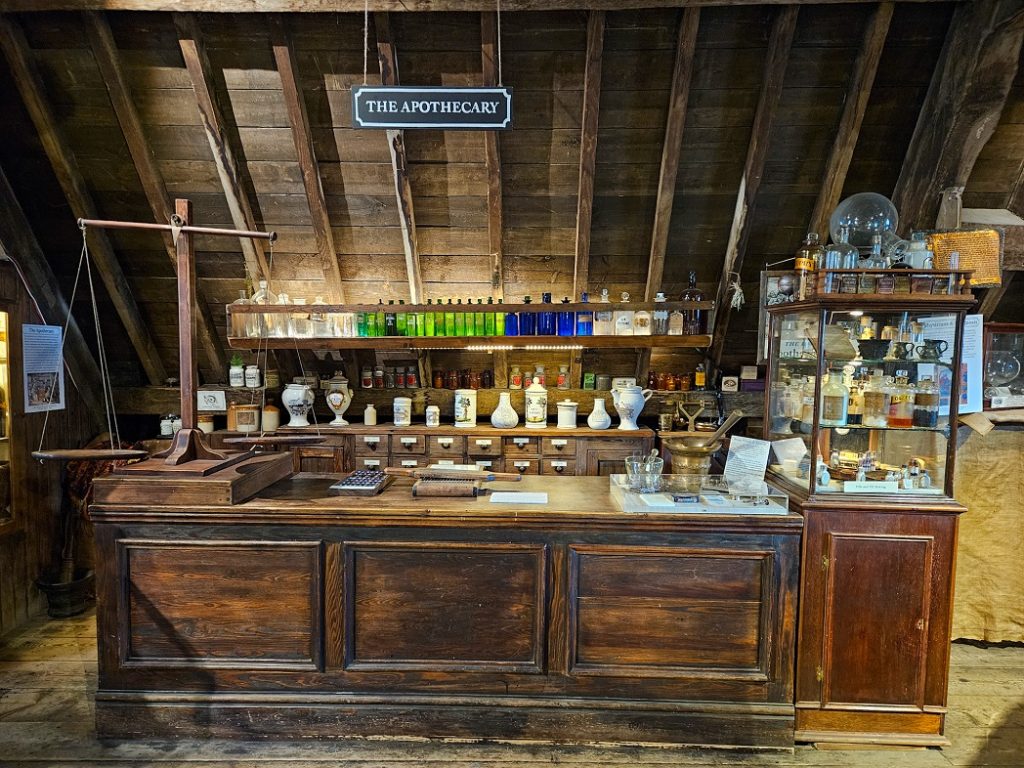
Apothecary Demonstration
Behind the counter, volunteer members of staff give demonstrations – making poultices and demonstrating things of the times. I stopped by to hear the session about leeches, which was very interesting as they were used to cure everything back in the day! I think she said they used to get through 60,000 leeches a week!!! They’re still used widely in reconstructive surgery today!
Life at the Hospital exhibits
It’s here you really start to be glad you were born in the modern age. Life in the Hospital was grim. Patients here were generally the working poor and the Hospital maintained its ancient policy to exclude anyone classed as “incurable”: those with a contagious disease, a mental or terminal illness were refused admission on the basis that their condition may pose as a potential threat to others. This also included pregnancy.
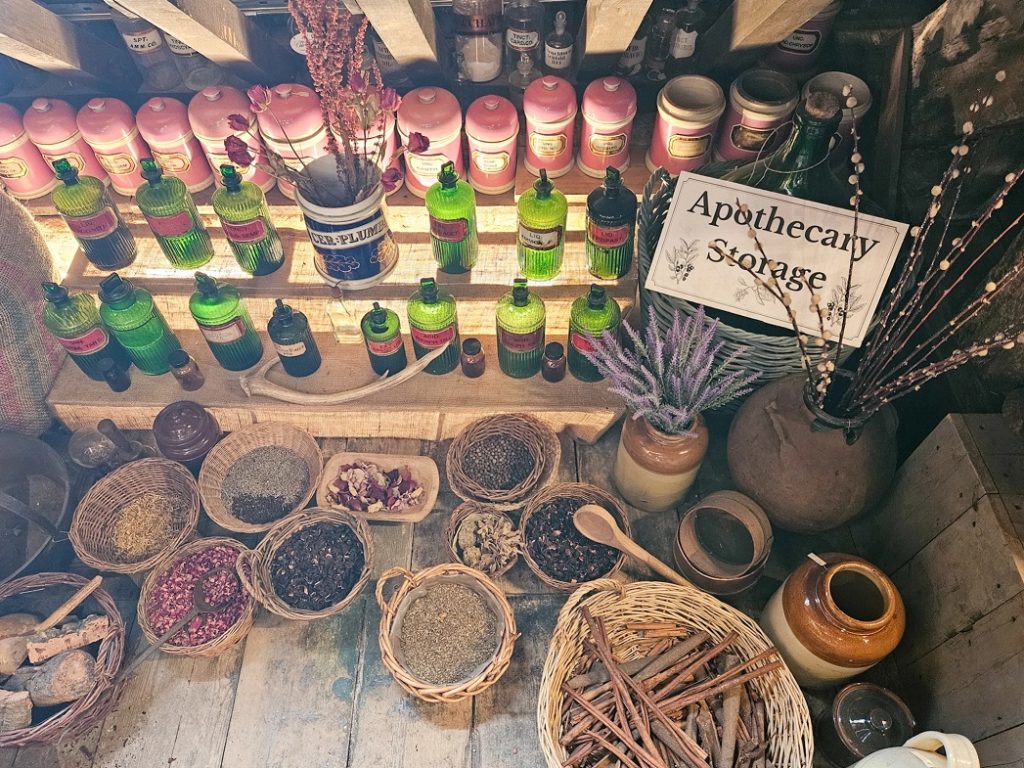
In Victorian times, married women who hadn’t had a baby were classed as ‘hysterical’ rather than being infertile, and were treated with a Macaura Blood Circulator that brought them to orgasm to cure them of their ‘hysterical’ ailments. I had to laugh as that’s probably preferable to my experience of infertility treatment and I imagine cost a lot less too!!
The Hospital treated a limited number of ailments, but one in which is specialised was syphilis. In the 17/1800s, around 1 in 5 patients were diagnosed with it and were treated with a long and painful experience that lasted up to eight weeks to complete. It would involve a mercurial ointment being rubbed into the patients’ body which would eventually cause them to spit up a thick, putrid substance, as much as three pints a day. Lurvely.
Surgery
I feel sick even thinking about the implements. Before the arrival of anaesthetic, all operations had to be very quick which limited surgeons to only a few procedures, such as amputations. Even if a patient survived the initial shock of limb removal and didn’t bleed to death on the operating table, they were at risk of later dying from infection.
Before the 1860s, there was no understanding about how germs spread, so as a result surgeons did not make an effort to keep themselves, their instruments or the operating theatre clean. Most surgeons washed their hands after the operation rather than before. They also would wear frock coats or aprons that were covered in dried blood from previous operations to show their experience. Needless to say a lot of people died.
The Operating Theatre
This was the female operating theatre of St Thomas’ Hospital, used for major surgery between 1822 – 1862. The layout of the room is typical of operating theatres of that age, with circular seats all around for viewings (hence the term ‘theatres’). The stands would generally accommodate up to 150 male medical students crowded into the space to observe operations being performed.
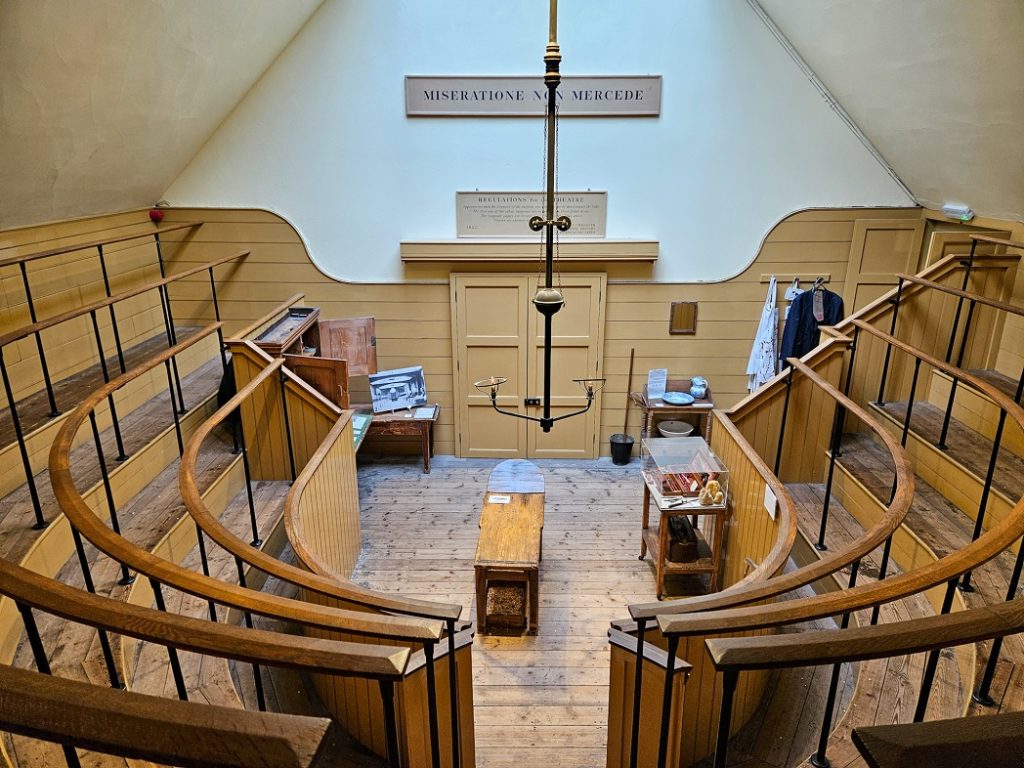
Operations took place once a week on a Friday between 12-1pm only and this operating theatre pre-dates knowledge of germs, antiseptic or anaesthetic. There is no running water here and although there is a box to collect blood under the table, much of the blood would have spilled onto the floor. Unwashed bandages, unsterilized instruments and lack of protective clothing further increased the risks.
No anaesthetic meant no pain relief. In fact, even alcohol was given after surgery and not before. One of the tasks for the surgeon’s assistants would have been to hold the conscious patient down.
Truly, If I were born in a different era I’d be long dead (probably from being hooked up to that Macaura Blood Circulator permanently for 10 years – HA!) and I’m incredibly grateful to have the modern medicine we do today!
Other things to do nearby
Southwark
Full Area Guide: HERE
There’s lots to do in Southwark, including Borough Market, The Shard, Southwark Cathedral and The Tate Modern. It’s easy to spend a day in the area and include The Old Operating Theatre Museum in your plans.
South Bank
Also close by is the wonderful South Bank, home to some of my favourite attractions in London including The Imperial War Museum and Garden Museum, plus well known attractions like The London Eye.
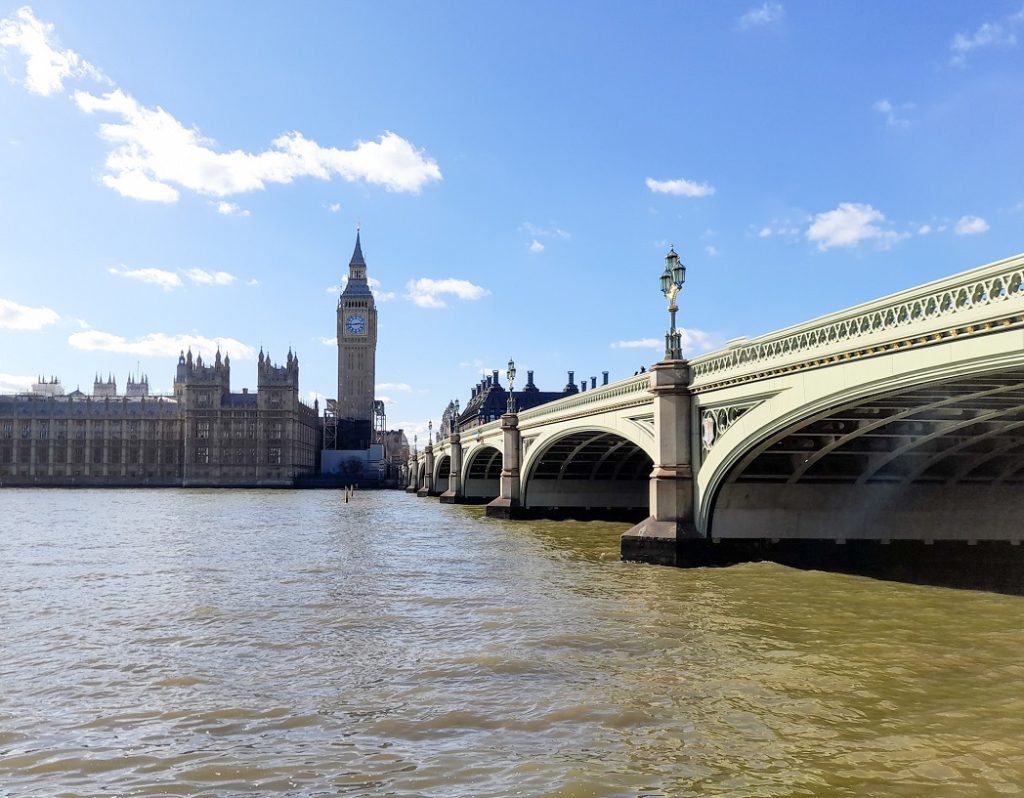
So there we have it, what did you think of The Old Operating Theatre and Herb Garret? I absolutely love this museum, and it’s definitely in my top 10 London hidden gems. Thanks for reading – stay safe and happy travelling!

